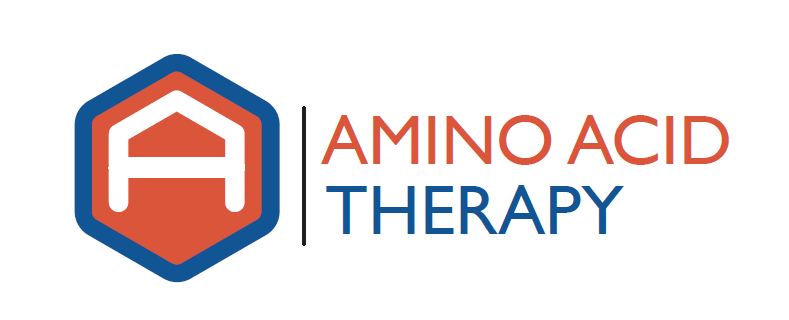 It is not at all uncommon for a person to present with multiple symptoms of neurotransmitter dysfunction; in fact, it is the rare case when a person has symptoms in only one area, such as depression only or anxiety only or insomnia only. Let’s take Mary for example; Mary originally presented with insomnia, restless leg syndrome (RLS), anxiety and depression, all of which are signs and symptoms of neurotransmitter dysfunction. We explained to Mary that when her neurotransmitter function had been optimized, most or all of these symptoms would be resolved. Of course at the time, this seemed too good to be true, but Mary was at the end of her rope, so she agreed to get started.
It is not at all uncommon for a person to present with multiple symptoms of neurotransmitter dysfunction; in fact, it is the rare case when a person has symptoms in only one area, such as depression only or anxiety only or insomnia only. Let’s take Mary for example; Mary originally presented with insomnia, restless leg syndrome (RLS), anxiety and depression, all of which are signs and symptoms of neurotransmitter dysfunction. We explained to Mary that when her neurotransmitter function had been optimized, most or all of these symptoms would be resolved. Of course at the time, this seemed too good to be true, but Mary was at the end of her rope, so she agreed to get started.
We first started working on the RLS; being a dopamine dominant disorder, we started Mary on a dopamine dominant protocol, which provided relatively more support for dopamine (and the other catecholamines) than serotonin. After several dosing changes, Mary’s RLS was almost non-existent, which allowed her sleep to improve (although it was not yet ideal). In addition, because she was getting more and better quality sleep, her depression and anxiety were also improving, but were still present. At this point, Mary asked the question “Since I’m doing better, should I just stay where I’m at (referring to her current amino acid dosing level)?” This is a common question; the answer is an emphatic “no”.
The goal of amino acid therapy is to optimize neurotransmitter function; this does not mean we stop at “good enough”. In Mary’s case, she decided to stay at her current dosing, thinking that she would continue to improve. Although this may make some sense in one’s mind, this is rarely how it plays out in practice. Although Mary’s RLS continued to be under control, her sleep and mood improvements leveled out, meaning they were better than they were before starting amino acid therapy, but still present. After several months with no further improvements in her sleep or mood, Mary returned to us to work on optimizing her neurotransmitter function.
When working with amino acid therapy, it is not uncommon for one symptom – RLS in Mary’s case – to improve or resolve before other symptoms significantly improve. This requires that we continue to fine-tune a person’s amino acid dosing until the function of the OCT-2 transporters have been optimized, which will lead to an elimination of any symptoms related to neurotransmitter dysfunction. This may require several additional dosing changes and tests to find the optimal amino acid dosing, but once the optimal dosing of amino acids is found, all symptoms related to neurotransmitter dysfunction will be resolved.
This is exactly what happened with Mary; we continued to use testing to fine-tune her amino acid dosing and over the course of three months, we were able to eliminate not only her RLS, but dramatically improve her sleep and eliminate her depression and anxiety.
The moral of this story is to not get complacent and stop at “good enough”; we are not looking for “okay” health – we are looking to be the best we can be.

